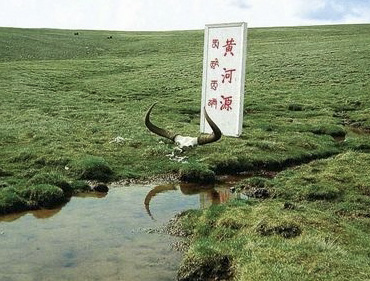|
||
|
||
|
||
|
||
|
|
||
|
黄河,滋养着泱泱五千年华夏文明,哺育了一代代中华儿女,千百年来文人墨客留下无数荡气回肠的诗篇。新时代,黄河正在谱写新的篇章。 保护好母亲河,是事关中华民族伟大复兴和永续发展的千秋大计。习近平总书记把保护和治理黄河作为治国理政的大事,党的十八大以来多次实地考察黄河流域生态保护和沿岸省区发展情况,并作出了一系列重要讲话和指示批示。 2021年7月6日,中共中央政治局常委、国务院副总理、推动黄河流域生态保护和高质量发展领导小组组长韩正在山东省济南市主持召开推动黄河流域生态保护和高质量发展领导小组全体会议,研究部署下一阶段重点工作。黄河流域经济社会发展和生态保护又向前迈出坚实一步。 为了更全面、系统和快速地展示黄河源区气候变化的研究成果,《高原气象》期刊整理“黄河源区气候变化”虚拟专刊,集中发布本刊出版的关于黄河源区气候变化方面的相关研究成果,为推动黄河流域生态保护和高质量发展提供基础研究资料。
|
||||||
| Default Latest Most Read | ||||||
|
Please wait a minute...
|

 Virtual Special issue on Climate Change in the Source region of the Yellow River
Virtual Special issue on Climate Change in the Source region of the Yellow River
